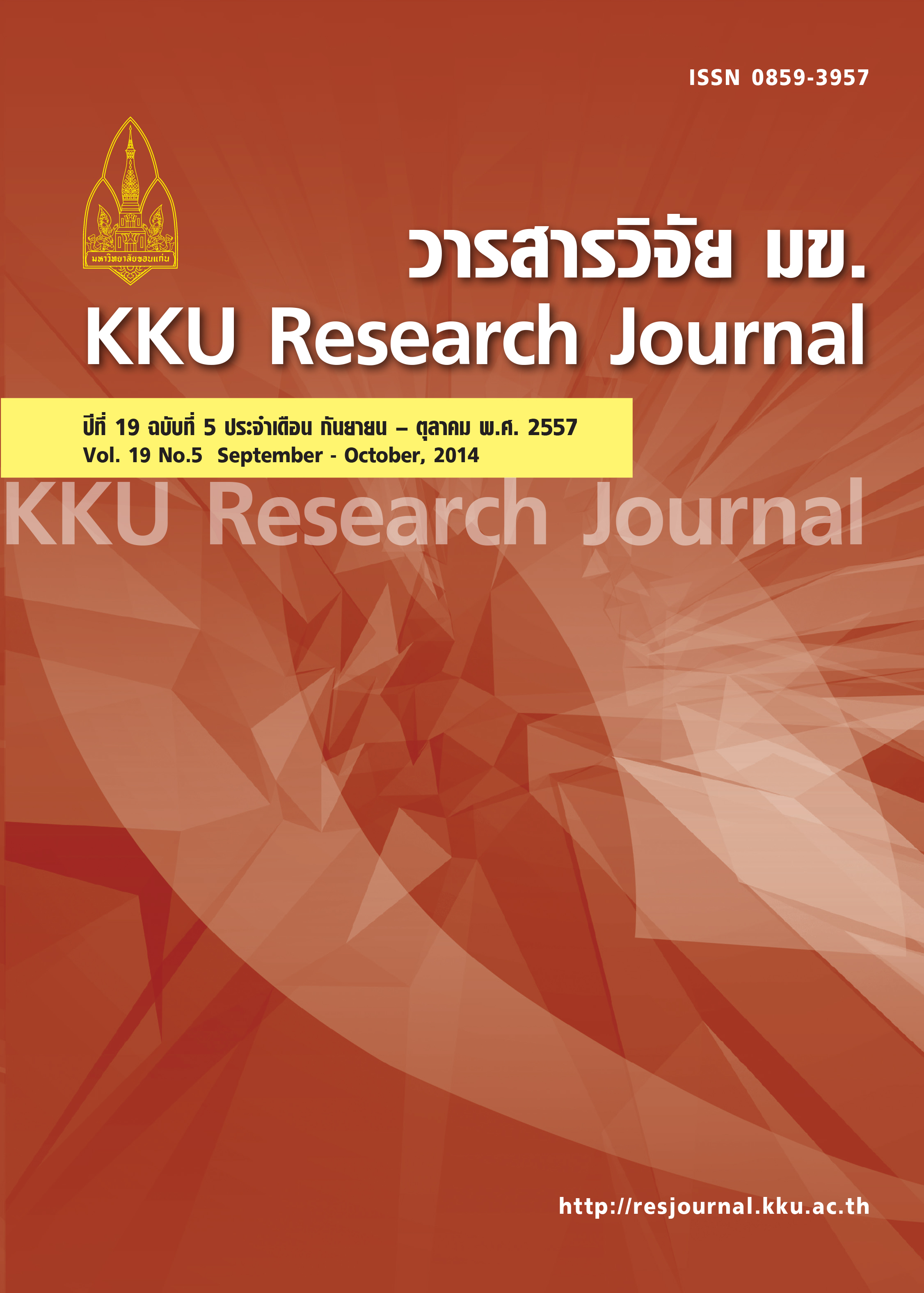Application of HACCP to food safety quality control in the small milk pasteurization manufacturing Mahasarakham province
Main Article Content
Abstract
This research aimed to apply Hazard Analysis and Critical Control Points (HACCP) system for food safety quality control in a small milk pasteurization industry, Mahasarakham Province. The analyses included the critical points that needed to be controlled in, the production process and the effiacy of HACCP system suchas biological contaminationinmilk, milkpipeline andthe staffs’ level ofknowledge aboutthis system. The results displayed that there were 4 critical points that needed to be controlled for biological contamination such as atstep 11 pasteurization, step 14 storage milktank, step 16 packaged, andstep 17 coldstorage. AfterHACCP implementation, biological contamination among products in many containers were decrease such as farmerraw milk, storage milk tank, raw milk mixing tank, pasteurized milk storage tank, packing room, cooling room. The S. aureuswas not found both before and after HACCP system implementation, andthe coliformbacteriainmilk pipe line was reduced after implementation. The average score ofthe HACCP system level of knowledge among staffs were statistical signifiance higher than before implementation (p-value < 0.05). So, the HACCP system shouldbe implemented together with the Good Manufacturing Practice (GMP) in foodsafety and quality control of pasteurized milk process ata small manufacture.
Article Details
How to Cite
Wibuloutai, J., Somdee, T., Thitisuthi, S., Khanlairak, K., Thanomsangad, P., & Praneeson, J. (2017). Application of HACCP to food safety quality control in the small milk pasteurization manufacturing Mahasarakham province. Asia-Pacific Journal of Science and Technology, 19(5), 720–733. retrieved from https://so01.tci-thaijo.org/index.php/APST/article/view/83017
Section
Research Articles


